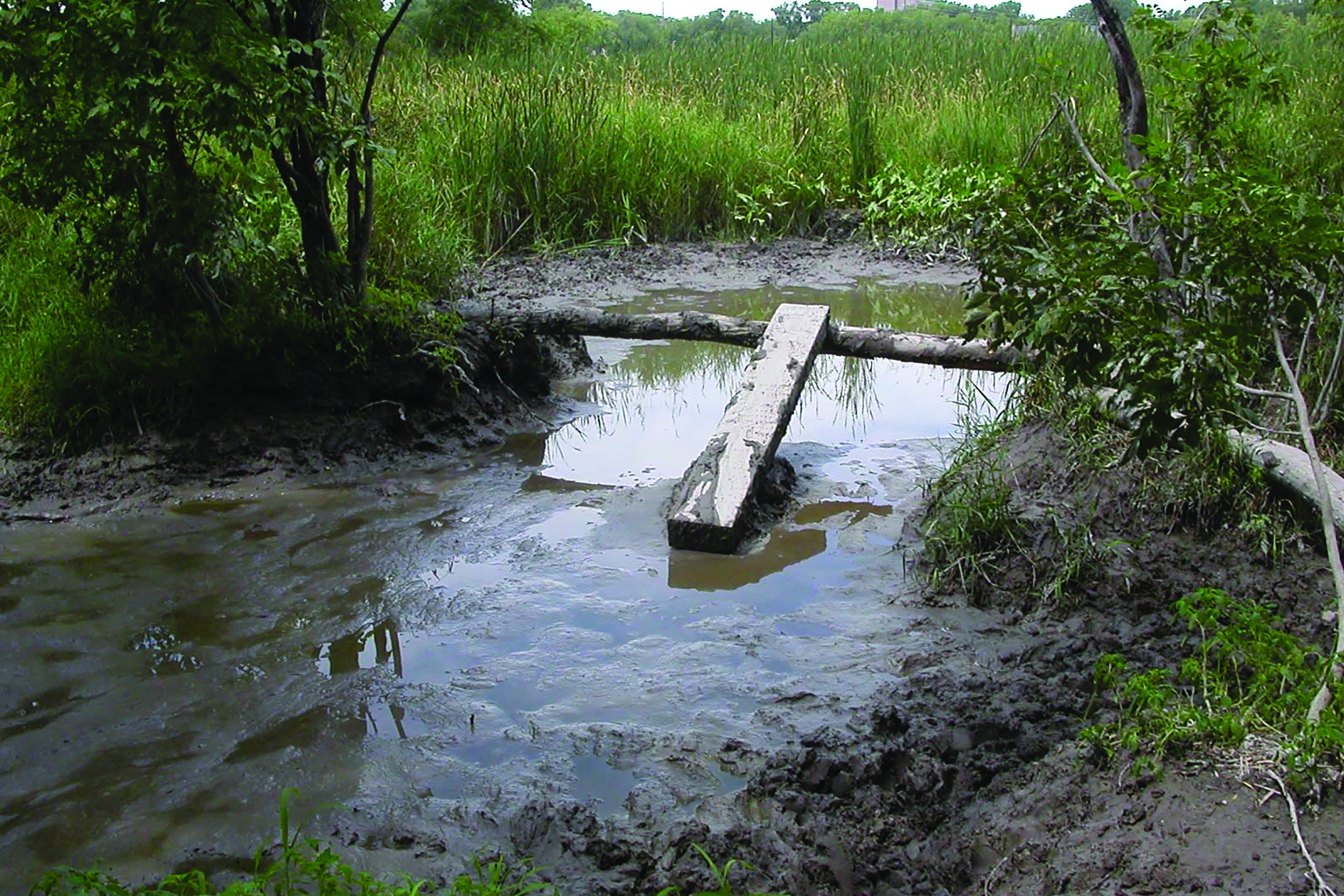This story originally appeared in the Kenwood Isles Reporter, a newsletter for the condo association, and was written by two residents who live in East Isles.
When you carry your little green bag to the garage and drop it in the big green bin, do you ever wonder what happens next? Five Kenwood Isles residents went to find out.
In June, Sandy Clarke, Manzie DiAngelis, Maria Klein, Craig Phillips and Rick Schoeff toured Specialized Environmental Technologies (SET) in Rosemount — about 35 miles south of Minneapolis — where Minneapolis, including Kenwood Isles, sends food waste to be processed into compost.
What Happens at the Site
The Rosemount operation is one of several serving the metro area. Aside from using two trailers that function as offices, the 10-employee company operates outdoors. Large mounds of compost in different stages of curing are turned on a regular schedule over several months.
To prevent contamination, partially cured compost sits on a polyurethane membrane. Retention ponds capture runoff, which is hauled to a wastewater facility for treatment.
Residents and communities drop off tree and yard waste, food scraps and dirt at a drive-in area; farmers bring feedstock. The City of Minneapolis contracts with SET for food and yard waste. An on-site scale records each truck’s load, and a tipping fee is charged.
Our tour guide, Jake Daume, manages public outreach and inspects loads for contamination. He routinely sends samples to a California lab to test pH, herbicides, contaminants and nutrient levels.
How Compost Is Finished
Donated tree waste — bark and brush — is ground into wood chips. Those chips, along with shredded fall leaves, grass clippings and other yard waste, are blended with treated compost and turned a few times before the material is ready for sale. This product isn’t intended for home gardens, but it’s used as foundation fill at construction sites.
Ash tree trunks and branches, presumed infected with emerald ash borer, are chipped to small size and sent to an incinerator.
Food waste takes the most effort — and the most acreage. Three employees, supplemented by day laborers, operate heavy equipment. Food scraps from homes and grocery stores run through a trommel screener — a large rotating, vibrating drum — that removes contaminants longer than 2 inches. We watched the machine spit out plastic, cardboard, cloth, paper, foil and hard materials such as coconut shells and bones — and those tiny produce stickers.
The screened food waste is conveyed onto a polyurethane liner and formed into tall windrows. Jake monitors temperature and moisture — both crucial to producing garden-ready compost.

The Science Behind It
Composting at SET is essentially solar powered. Sunlight heats the piles to about 160 degrees — hot enough to kill pathogens and activate bacteria that break down sugars and fats. Air is piped through tubes beneath each pile to supply oxygen the bacteria need to work. Jake checks temperatures regularly to ensure the process is on track.
Piles are turned and relocated every few weeks. Bobcats move curing material; the trommel screens finished compost one last time and forms new piles.
After about nine months, Kenwood Isles food waste becomes clean compost sold to garden centers, landscape contractors and construction sites. The site can be, well, aromatic, but finished compost smells like humus — pleasantly earthy.
Why It Matters
There’s a good chance some of your former food waste is nourishing a Kenwood Isles garden right now. Gardeners here see how annual applications of compost boost flowers and vegetables.
So keep taking out your little green bag of food waste each week. It’s worth the effort — appreciated by your gardening neighbors and by all of us who enjoy the neighborhood’s blooms.







